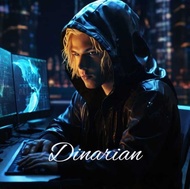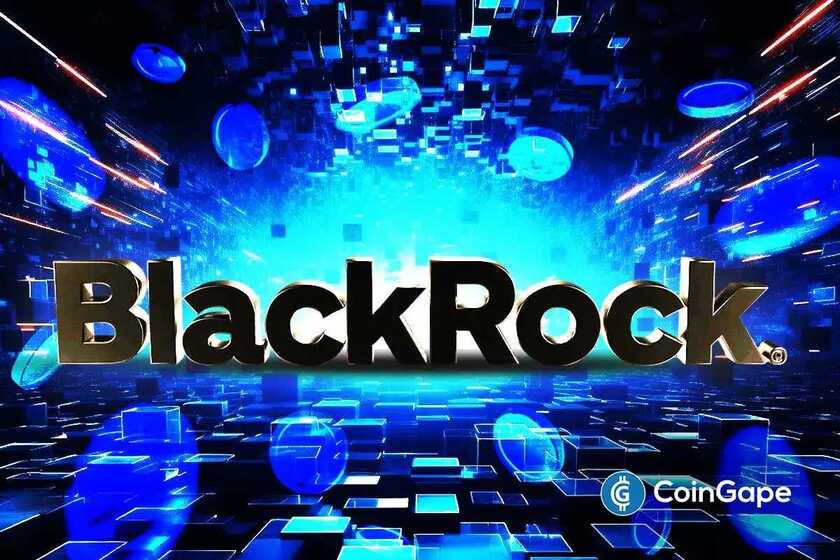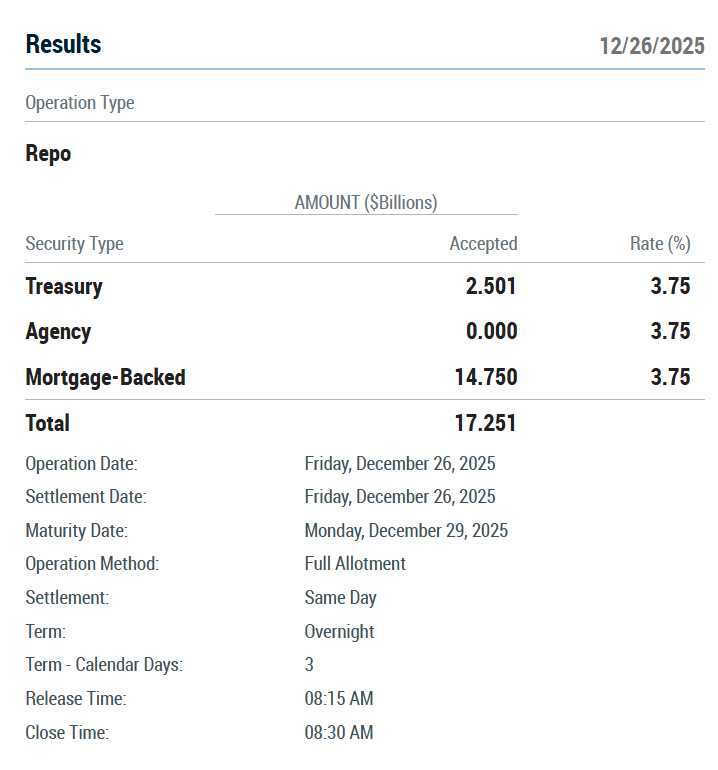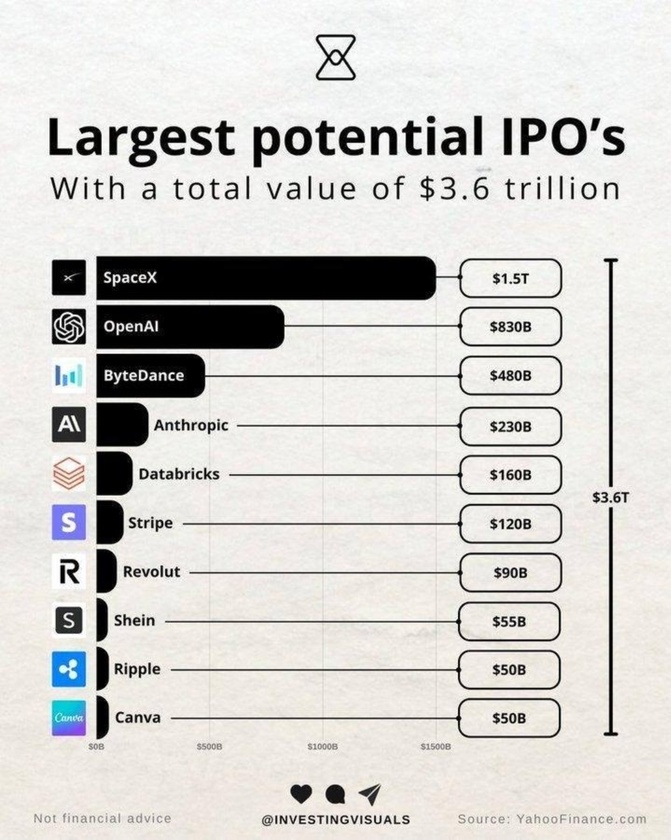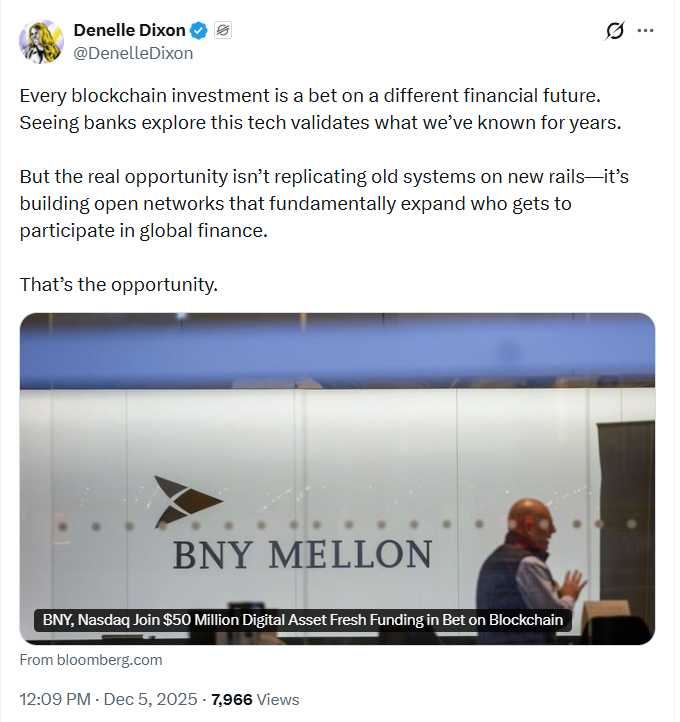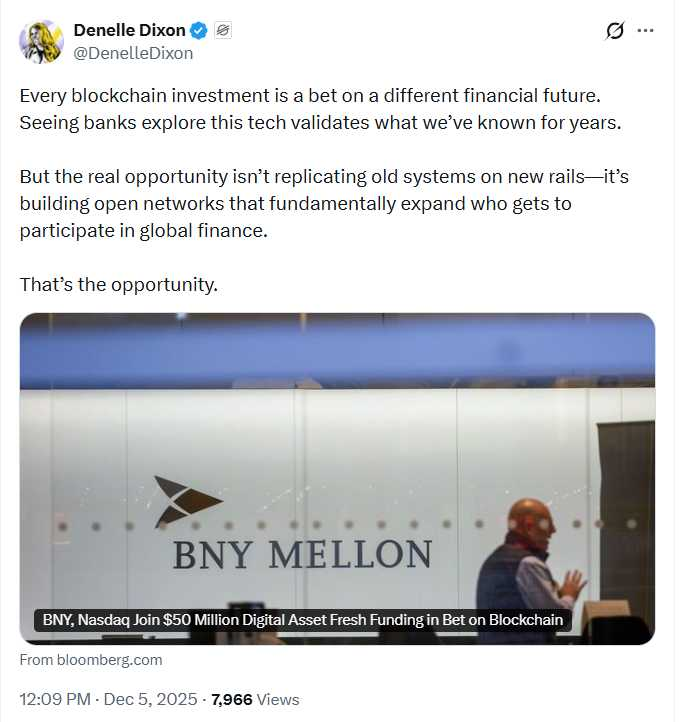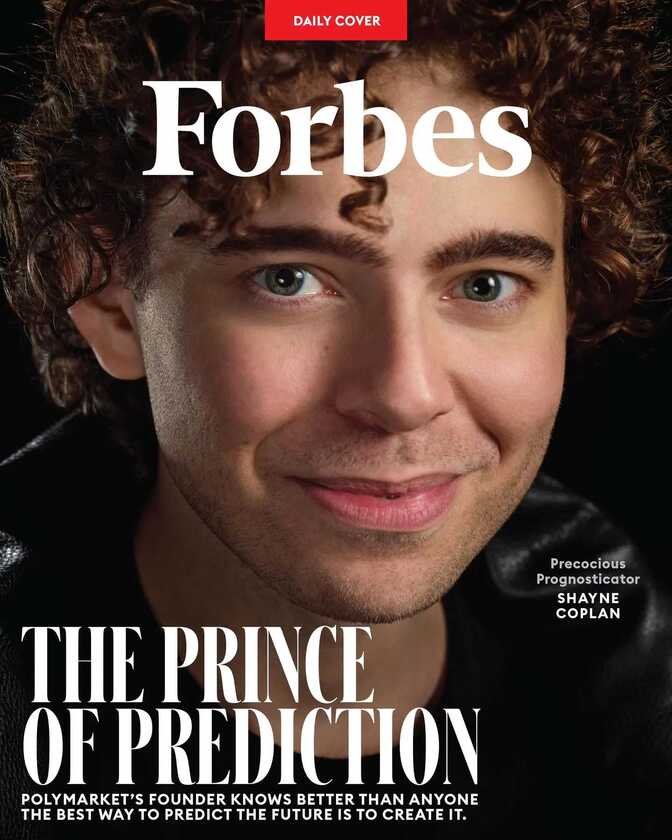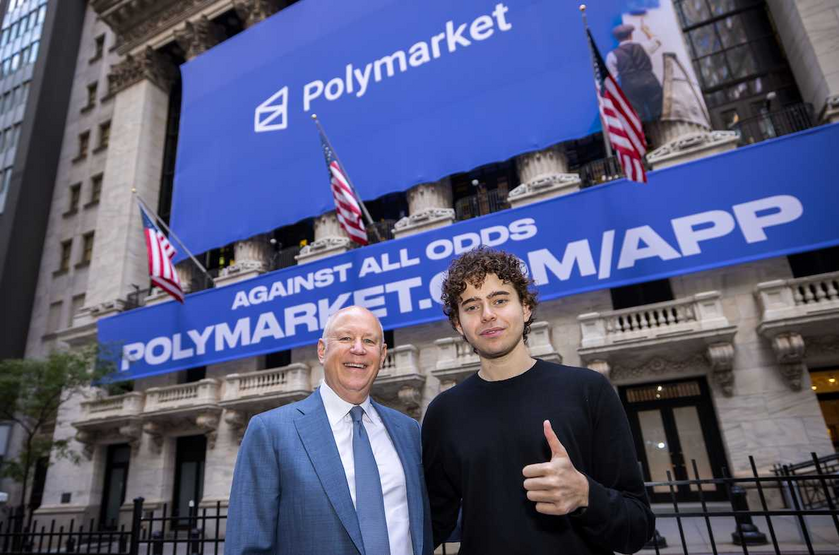⛓️ COO Dominic Schwenter on Lisk’s Layer-2 Journey and Emerging Markets Focus ⛓️
BeInCrypto sat down with Dominic Schwenter, COO of Lisk, to delve into the latest developments surrounding Lisk’s mainnet launch and the project’s changing role in the blockchain ecosystem.
With a rare legacy in Web3 that spans over 8 years, Lisk has strategically shifted from a Layer-1 (L1) to a Layer-2 (L2) approach, aiming to take the lead in tackling scalability challenges and democratizing blockchain technology access, with a strong focus on emerging markets.
●Inside Lisk’s Journey to L2 and the Collaborative Scaling of Ethereum
Since its founding in 2016, Lisk has witnessed significant growth in the Web3 space and learned valuable lessons along the way. Schwenter reflects on the early days during the interview with BeInCrypto.
“When Lisk was founded, the space was so much more nascent than it is today. Ethereum had just launched, and smart contracts were still a novel concept. Lisk’s founding principle was to democratize access to blockchain technology by making it accessible to JavaScript developers worldwide. Scaling was always on our radar as well,” he stated.
Lisk’s pioneering approach involved building the first JavaScript-based L1 blockchain from scratch. This infrastructure, combined with a focus on app-specific sidechains, set the stage for Lisk’s emphasis on accessibility and community-driven development.
“One of the things that makes Lisk unique is our long-term approach. We’ve always been prescient about the fact that blockchain adoption would take time, perhaps even a decade. That vision shaped our team structure, fund management, and overall strategy,” Schwenter explains.
In 2024, Lisk boldly transitioned from L1 to L2, joining forces with Optimism (OP) and other leading blockchain projects. Lisk is now part of the OP Superchain, a collective of interoperable L2 solutions designed to scale Ethereum while retaining its security benefits.
“Lisk is now 100% focused on our Layer-2, which is EVM-compatible on the OP stack as part of the OP Superchain,” Schwenter described.
For him, the Superchain offers a unique advantage by promoting interoperability and collaboration rather than competition among blockchains. Big names like Uniswap’s Unichain, Sony’s Soneium, and Kraken’s Ink have also joined the Superchain, signaling its potential as a powerful, interconnected framework. Being part of this “interop set” allows Lisk to work with these networks, which are all committed to enhancing blockchain interoperability.
Additionally, he believes that this cooperative approach is crucial for the mass adoption of Web3, as it tackles the industry’s fragmented nature.
“It creates the consumer layer on Ethereum, enabling teams to focus on building rather than competing in the infrastructure space,” Schwenter explains.
On the other hand, Schwenter sees that Lisk’s integration with the Superchain provides access to Ethereum’s liquidity and leverages Ethereum’s decentralized security. Schwenter highlights the potential impact of L2 on unlocking Ethereum’s full potential by allowing scalable applications to be built without the prohibitive costs of L1 fees.
From Stablecoins to Agriculture: Lisk’s Hands-On Approach in High-Growth Markets
Lisk’s commitment to emerging markets, particularly in regions like Africa and Southeast Asia, is central to its mission. According to data from the International Monetary Fund (IMF), emerging economies now contribute approximately 40-45% of the global GDP. With population growth rates reaching 1.5-2% annually, these developing areas are prime for blockchain adoption.
Recognizing the demand for blockchain solutions that address practical needs, Lisk partners with local builders, governments, and organizations to support this expansion by providing scalable, cost-effective technology that aligns with economic and developmental needs.
“Emerging markets are leading the way in applying blockchain to real-world challenges, addressing genuine, pressing needs. The solutions being developed there have the power to transform everyday life and hold significant business potential. That’s where we’re focusing our efforts: where we believe too few others are looking,” Schwenter remarked.
For Lisk, this focus includes areas like stablecoins and real-world asset (RWA) tokenization. Schwenter emphasized the importance of RWA, noting that stablecoins, particularly those that bear yields, are popular in emerging markets as they provide access to credit for small businesses and similar needs.
Lisk’s approach is to support practical use cases that address real problems, such as bringing data on-chain or solving agricultural challenges for small farmers. Schwenter also shares insights on how Lisk is establishing a locally based community in these regions to build trust.
“We’re focused on building trust and personal connections in emerging markets. Many blockchain projects come and go, but we’re committed to developing a sustainable community and ecosystem there,” he explained.
● What’s Next for Lisk in 2025?
With the recent mainnet launch, Lisk has set ambitious goals for the upcoming year. The mainnet will kick off with an airdrop campaign, offering a gamified experience for users to earn points and rewards.
“We’re rolling out several seasons of airdrops over the coming months, including a mix of point-based systems and raffle sprints with exclusive incentives for specific applications within the Lisk network,” Schwenter shared with BeInCrypto.
Looking forward to 2025, Lisk plans to be one of the first OP stack L2s to implement fault proofs, further decentralizing its infrastructure. Schwenter emphasizes the significance of these developments.
“We believe that this interoperability and focus on emerging markets position us uniquely in the Web3 landscape. We’re excited for the paradigm shift this will bring in terms of how chains and applications are built and adopted,” he concluded.
https://beincrypto.com/coo-dominic-schwenter-on-lisks-layer-2-journey



